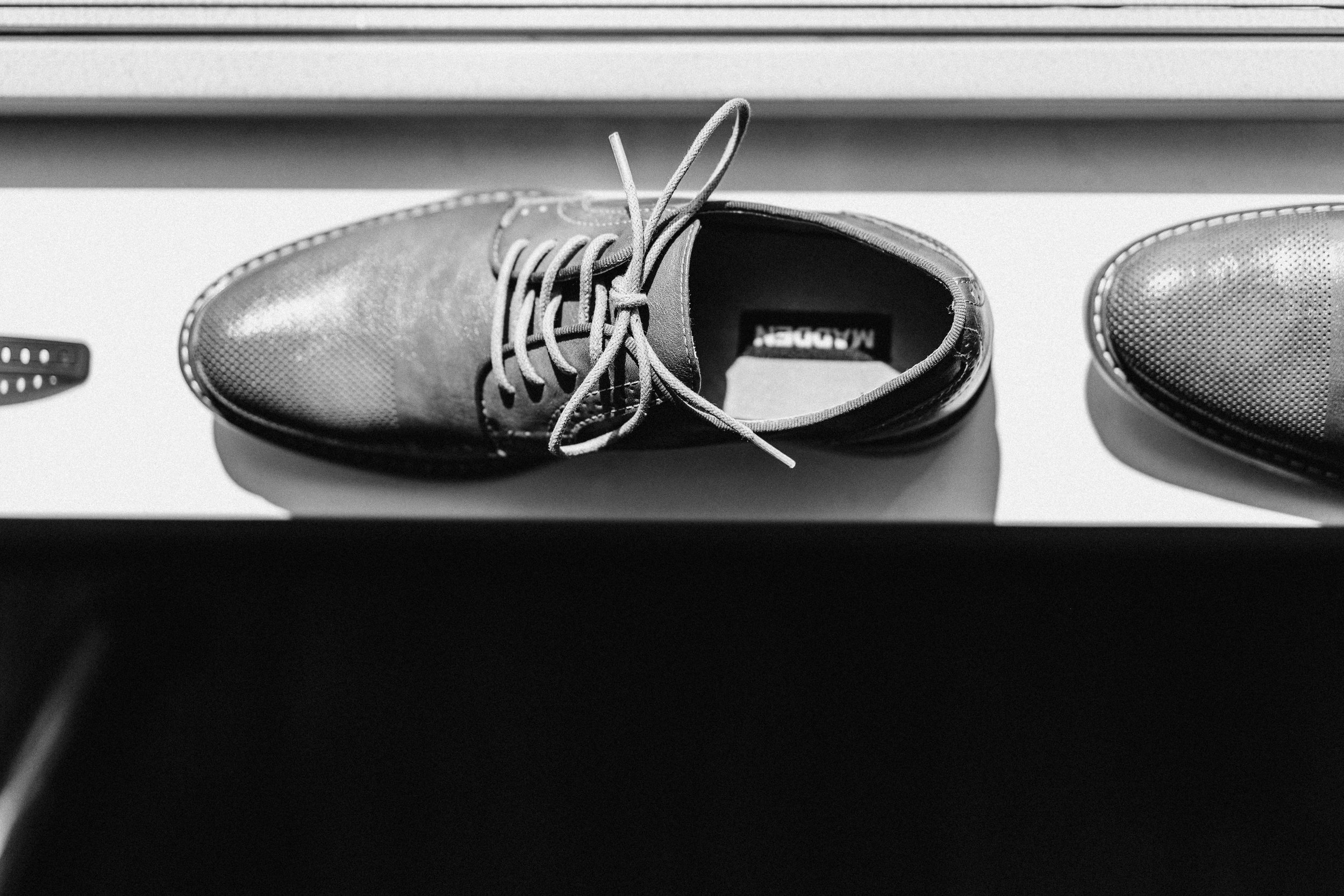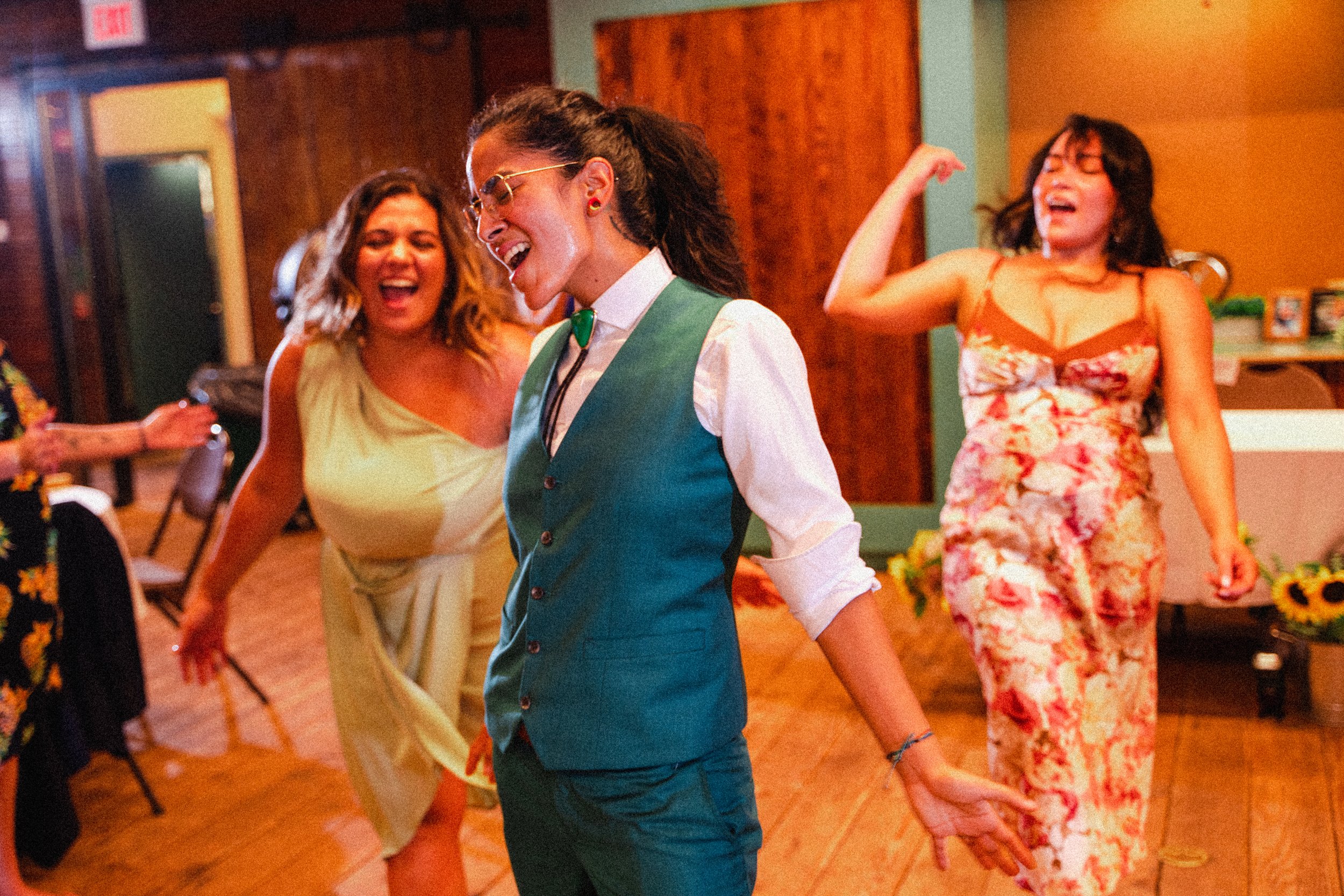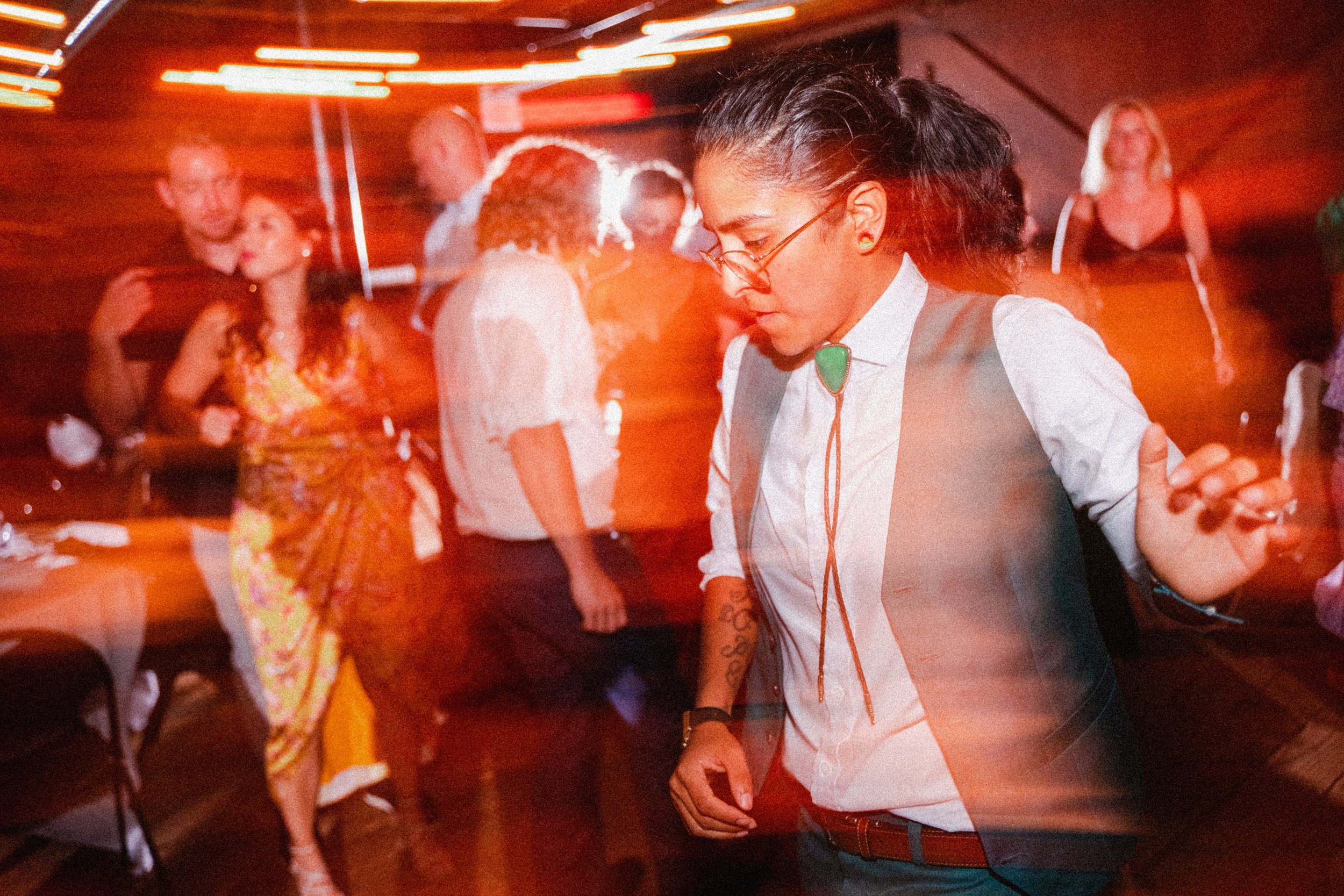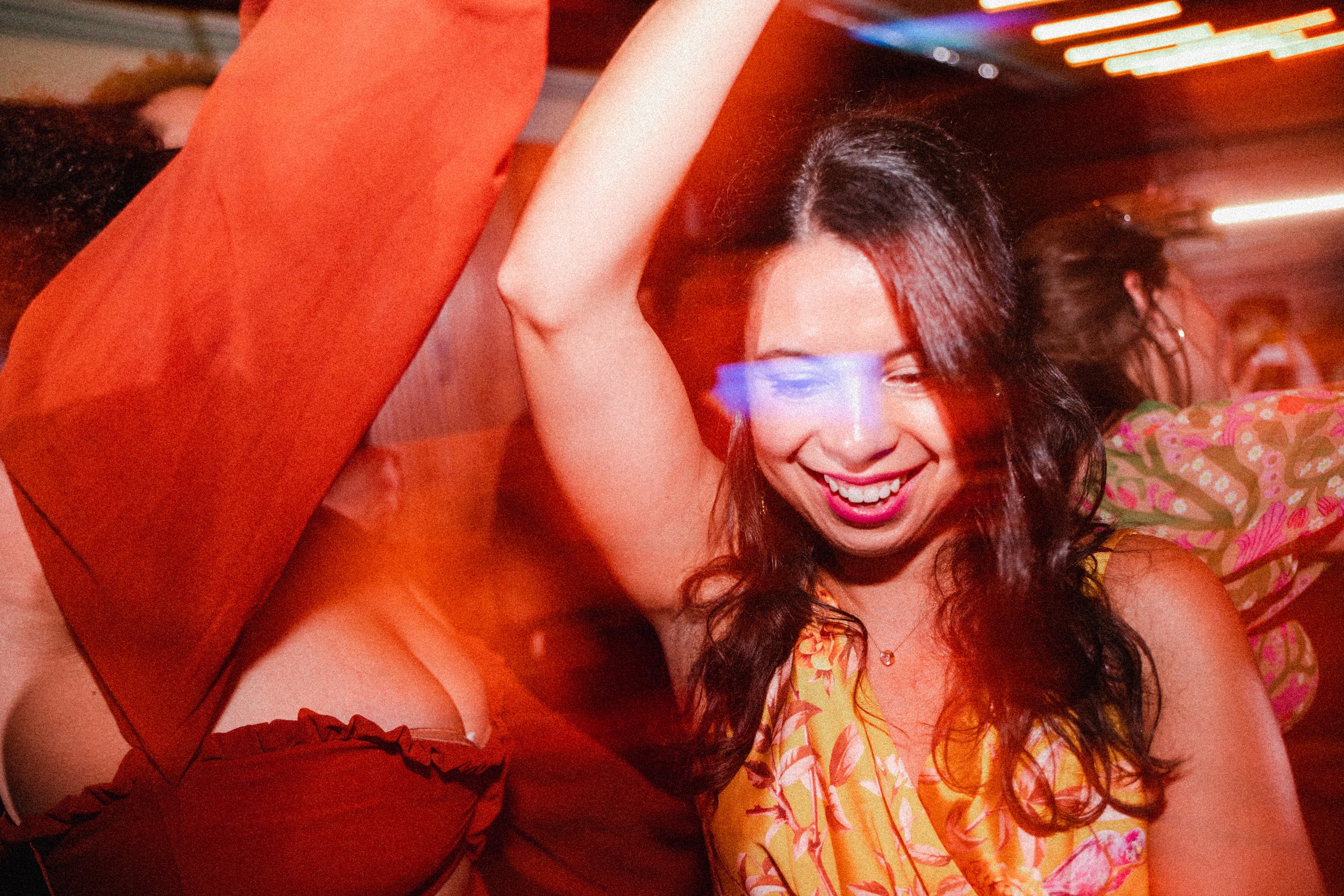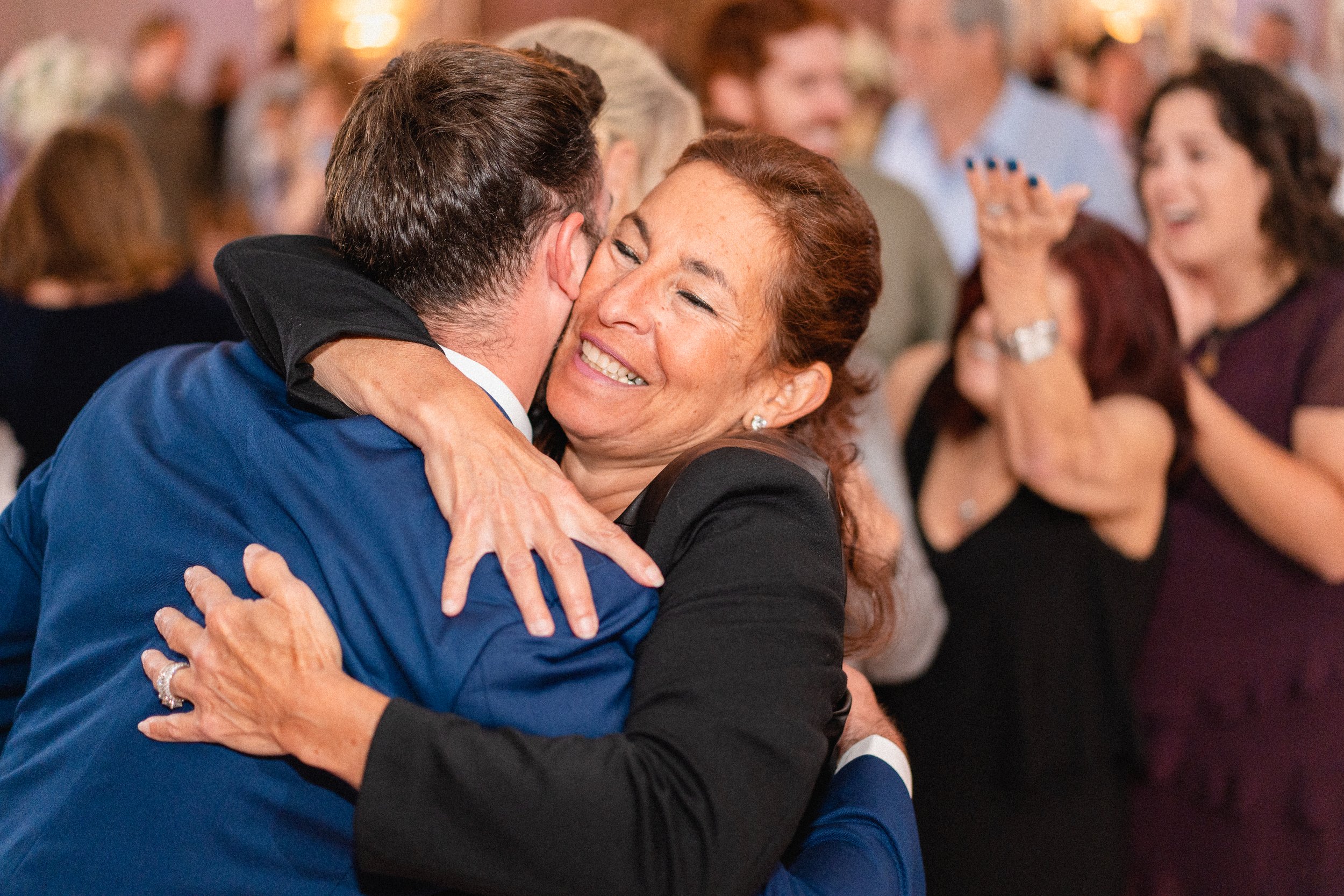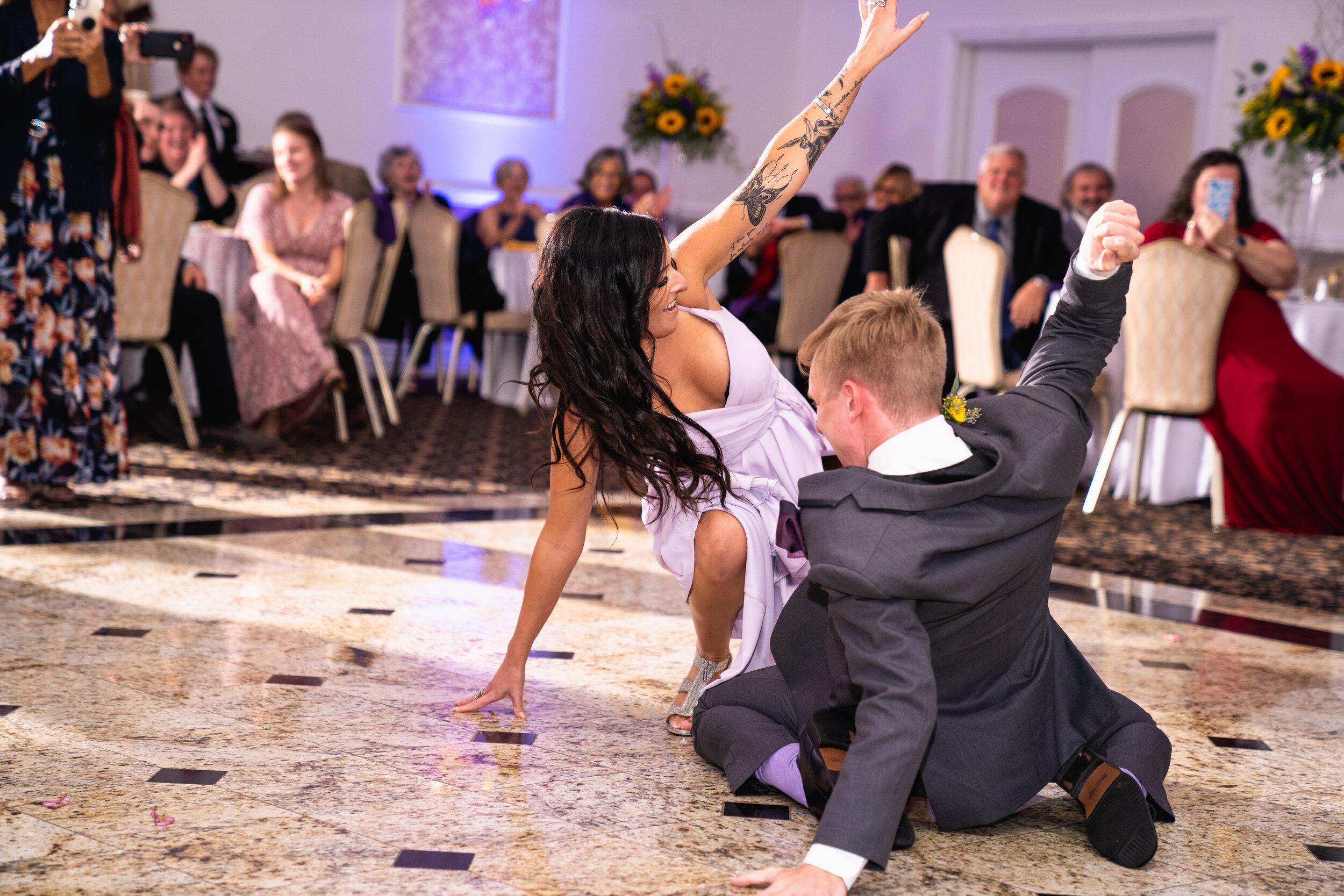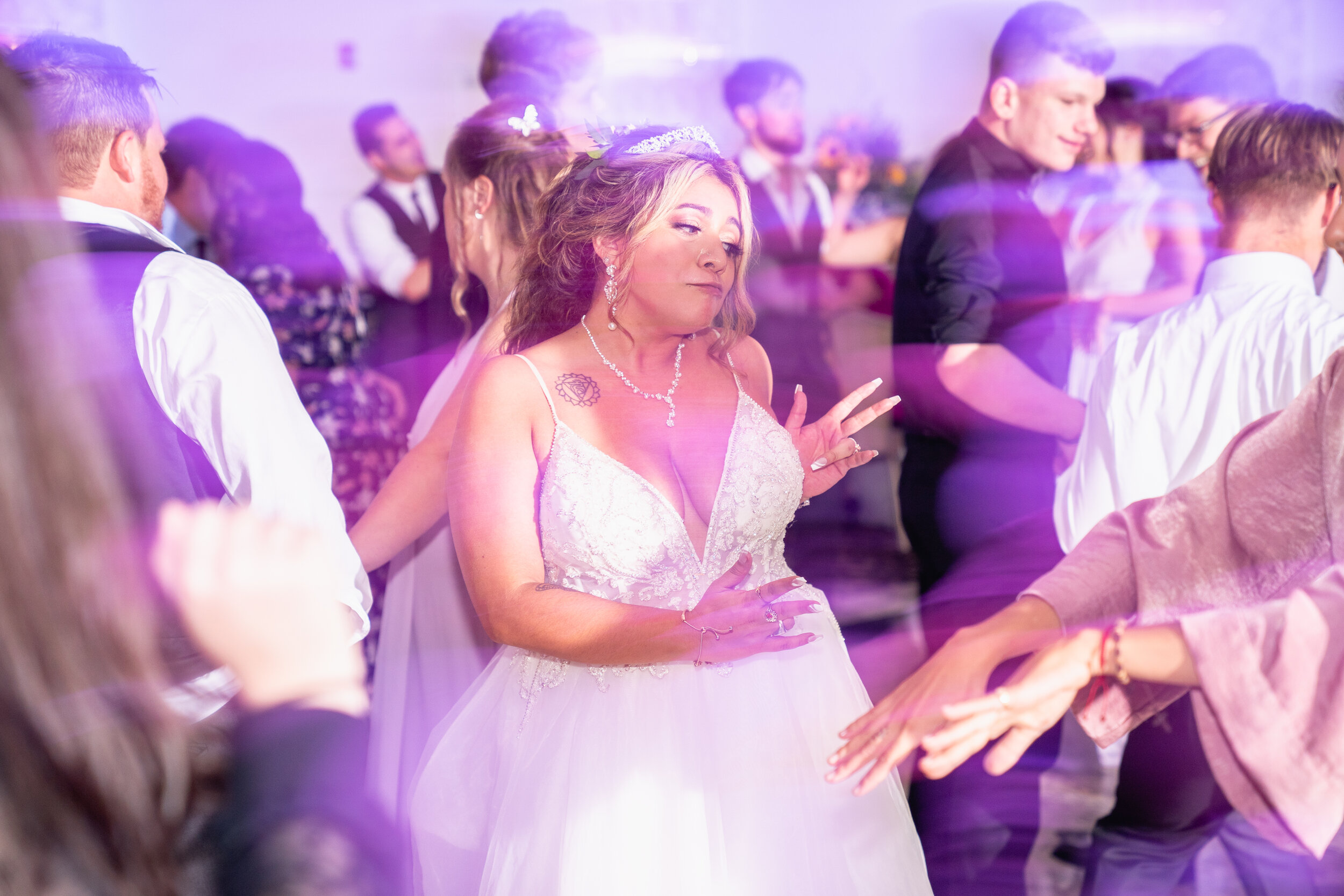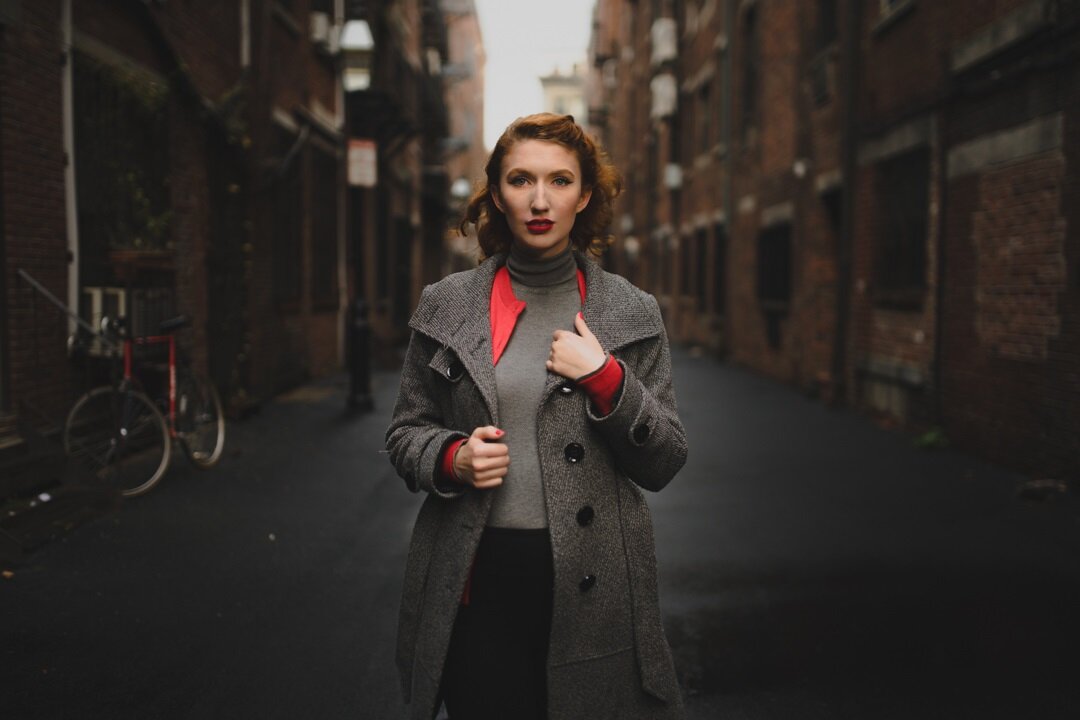
TV BLOG
Sara & Gaby's Wedding Timeline
Sarah & Gaby’s Wedding Photography @ the Watchung Reservation // Historic Trail, Mountainside, NJ 07092
Sara & Gaby’s Wedding Photography
at the Watchung Reservation, Mountainside, NJ
Wedding Photographer - Danny
Check out more of our Wedding Photography by clicking the button bellow
Melissa & Johns Engagement Party
Event photography for Melissa & John’s Engagement Party @ The Royal Palm in Farmingdale, NY 11735
Why Have a Second Shooter?
A second shooter’s job is to be focused on what the primary photographer may be too busy to see. The primary photographer is often held liable to getting quality photos of moments similar to what most people say are important. They set their shot and then wait to get an iconic photo of a moment that we all knew was going to happen. While that is happening, a good second shooter is snapping all those reactions to the couples loved ones, and waiting for that same moment.
The Subtleties of Wedding Photography
When you ask someone, “What are the most important photos of a wedding?” most people tell you that it's the kiss. They say it's the first dance, the first look or the portraits of the bride and groom.
These statements are completely valid, but any experienced photographer knows that there is much more complexity to a wedding day. The capturing of subtle interactions between family and friends to be imortalized along the complexity of life is the true value of an event photographer. A photographer waiting for the first kiss may not notice the brides parents holding hands, with eyes full of joyful tears. That moment can mean more then anything to the bride when their time has come and she can still cherish that memory long after.
A second shooter’s job is to be focused on what the primary photographer may be too busy to see. The primary photographer is often held liable to getting quality photos of moments similar to what most people say are important. They set their shot and then wait to get an iconic photo of a moment that we all knew was going to happen. While that is happening, a good second shooter is snapping all those reactions to the couples loved ones, and waiting for that same moment.
Emotional heartstrings aside, there are plenty of logistical reasons for having a second photographer. Often, couples get ready in different locations and have their prep roughly around the same time. It’s not always realistic to have one photographer running back and fourth, with the expectation of catching “a few good moments”. You can never really force that timing. Budget is sometimes the concern and that is completely understandable, which is why we even offer using a single photographer.
Efficiency is key to a wedding timeline moving smoothly. Having a second shooter means groomsmen and bridesmaid photos can be shot at the same time. One photographer can capture the carefully selected décor before it's ransacked by hungry wedding guests, while the other photographer snaps family portraits.
Lastly, should ‘fit hit the shan' and your bestest boy plays tug with the photographers camera straps, or the ring bearer’s wagon sneaks into the isle just a little too far and ultimately table-top your lead shooter rendering him unconscious for the first kiss. We then have a back up. The second shooter is there heroically, snapping the first kiss. The moment every second dreams of, the moment they become immortalized as they go to and a strong contender employee of the month.
To recap..
A single good photographer can always get the job done and often well. They in no way can be perfect, but a good team can be.
Timeline Visuals is a wedding photography and video company located in northern New Jersey
Jenn & Brian's Visuals Timeline 9/03/21
What a Wild Night. @ Casa Bianca , Oakridge, NJ 9/03/21
What a Wild Night
9/03/21
(If you were at this wedding there is a guest album at the bottom of the article.)
I met Jenn through another photographer, and we initially had no idea that we had friends in common. In fact, Joey (My second shooter) and I both knew several members of her bridal party and didn’t find out until the day of. I learned a bit from her makeup artist, Amber Blanchard, who taught me about the nature of makeup powder and how it can be reflective under certain intensities of light. I had no idea that my flash can actually trigger shine in the powder. Even if its undetectable under normal light circumstance, due to the intensity of the light reflecting off the mica.
The Ceremony and reception took place and was catered at Casa Bianca, in Oak Ridge, NJ. Not only was cocktail hour delicious, but the staff was also friendly and accommodating. DJ services were handled by High Profile Events, which are by far one of the best DJ companies in NJ. There is a big difference felt when a DJ actually cares about the music that is being played, and this is extremely evident in their performance.
Brian and Jenn’s first Dance to Selena’s “Dreaming of You” started out beautiful and then took a surprising twist, where they swapped genres into “Found a Good One” by Chance the Rapper and broke out in an epic hip-hop performance.
At dinner, Jenn’s Cousin broke out in a lip synch performance that no one anticipated. He performed Cuban Pete from Jim Carey’s “The Mask”, and his clear attention to detail brought the entire dance floor back out from their dinner and into a raging conga line.
The night was full of joy and laughter, you could truly feel how much Jenn and Brian’s friends and family loved them. It was really an honor to be apart of such a connection.
IF YOU WERE AT JENN AND BRIAN’S WEDDING, THEN WE’VE CREATED A GUEST ALBUM WITH SOME INCRIMINATING DANCE FLOOR PHOTOS.
Photos are available to download with our water mark for free, but are limited to 5 photos per person. They are also available for purchase, via the portal which will also remove the watermark!
Thanks for checking us out! if you like our work you can check out more at




